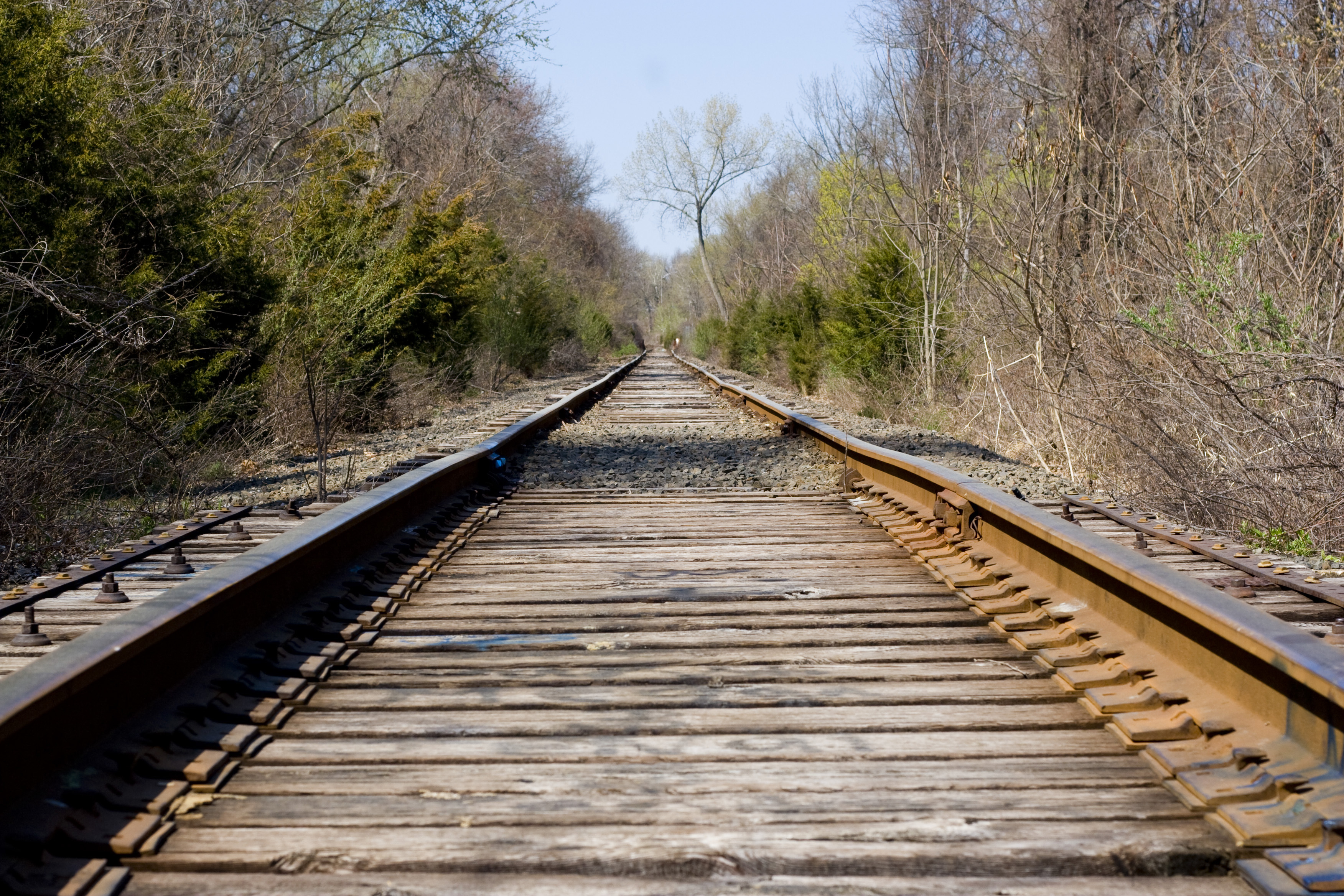I-84 Stack, Farmington:
The multi-stack highway interchange that towers over Interstate 84 in Farmington was part of transportation project that dates back to the 1960s. However, the project was never completed. Much of it is now off-limits, overgrown and tagged with graffiti. Many of the ramps have never used by vehicles.
"There's something that they were going to do that they didn't do," said Richard DeLuca, a former civil engineer who is now an author and transportation historian. DeLuca said the unused ramps over Interstate 84 were supposed to be for the I-291 Beltway, which was planned to run around the city of Hartford. The planned highway was to run through portions of MDC Reservoir lands in West Hartford.
"Public opinion in Connecticut sort of took a stand," said DeLuca.
Potential environmental impacts and the projected cost kept the plans from fully coming to fruition. Decades later, only the ramps leading to and from Route 9 are carrying cars.
"It's a visual reminder of that history," DeLuca said.
Hidden in Plain Sight Roads to Nowhere: I-84 Interchange
Local
CT Route 11, Salem:
NBC Connecticut's DroneRanger also flew over the abrupt end of Route 11 in Salem. The state highway was supposed to be a lot longer than it is, which is why some people refer to Route 11 as “Route 5 ½.”
The project was supposed to create a more direct route from Colchester down to Interstate 95 in Waterford.
The two bridges that were built over Route 82 in Salem are clear signs that the project that was never completed. Beyond the spans are two deep cuts into the earth where construction for Route 11 was under way in the early 1970s. Since then, attempts to lengthen the highway have been unsuccessful.
Hidden in Plain Sight Roads to Nowhere: Route 11, Salem
Banton Street, North Haven:
A neighborhood in North Haven that was thriving decades ago is no longer in existence. Three dozen homes lined what used to be Banton Street in an area tucked away in the woods behind a rest stop on the Wilbur Cross Parkway.
"The history of Banton Street is extremely unique," said Holly LaPrade, whose father and grandparents grew up on Banton Street until they and their neighbors were told that they had to leave.
Banton Street, which was constructed in the 1920s along the banks of the Quinnipiac River, was prone to flooding. With upstream development, the flooding became exponentially worse, according to the Department of Energy and Environmental Protection. It became too dangerous to stay.
"When the floodwaters came up to high, it was flooding into their homes," said LaPrade.
By the 1970s, the state bought out all of the residents and removed the buildings. Foundations and fences are all that remain in what eventually became Quinnipiac River State Park.
LaPrade's family has moved on, but they have honored the past with the name of the family business; Banton Construction Company.
"It's a piece of my family history that I take a lot of pride in," said LaPrade.
Hidden in Plain Sight Roads to Nowhere: Banton Street, North Haven
Do you know of other spots in our state that are 'Hidden In Plain Sight'? Share your ideas by clicking here or by e-mailing dan.corcoran@nbcuni.com.



